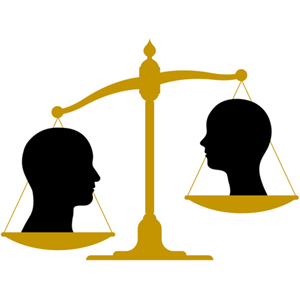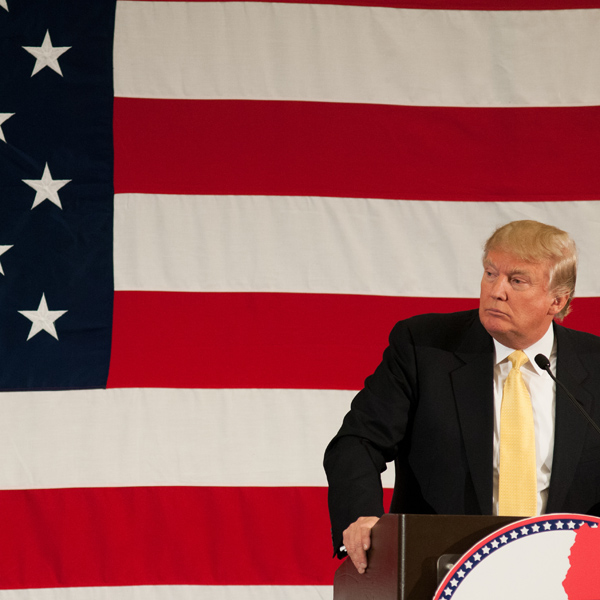If trends persist, there won't be gender parity among lawyers arguing at 7th Circuit until 2059

Image from Shutterstock.
The gender gap among lawyers arguing before the federal appeals court in Chicago barely improved over the last decade, according to a report published by the ABA Commission on Women in the Profession.
In 2009, only 24% of all attorneys arguing before the 7th U.S. Circuit Court of Appeals at Chicago were women, according to the study. In 2019, only 28% of those arguing before the appeals court were women. That’s “a disappointing degree of change,” the study said.
“If the rate of change remains constant,” the report said, “it will take nearly four more decades—until 2059—until women comprise 50% of all attorneys arguing before the 7th Circuit.”
The report is titled How Unappealing: An Empirical Analysis of the Gender Gap among Appellate Attorneys. Its authors are U.S. Circuit Judge Amy J. St. Eve of the 7th Circuit and Jamie B. Luguri, a litigation associate at Munger, Tolles & Olson who formerly clerked for St. Eve, according to a Dec. 6 ABA press release.
The study also found that women were more likely to represent a governmental entity than individuals or businesses in oral arguments, were more likely to argue criminal than civil cases, and were less likely to argue cases perceived as complex—including high-dollar cases and class actions.
Specific findings of the report include:
• Women argued 17% of civil cases in 2009 and 24% of civil cases in 2019. Women argued 26% of criminal cases in 2009 and 33% of criminal cases in 2019.
• Thirty-two percent of all lawyers who represented a governmental entity in 2009 were women. In 2019, 40% of all attorneys representing a governmental entity were women.
• In civil cases, women were considerably less likely to argue the types of cases that usually involve businesses—such as antitrust, securities, contracts, insurance and consumer credit cases.
• Women argued only 12% of class action cases in 2009 and only 14% of those cases in 2019.
• Women argued only 13% of high-dollar cases in 2009 and only 17% of those case in 2019. The report classified high-dollar cases as nonprisoner cases that involved an Am Law 100 or Am Law 200 lawyer on at least one side.
• In 2019, 22% of all Am Law 100 and 29% of all Am Law 200 attorneys who argued before the 7th Circuit were women. That’s greater than the percentage of attorneys who argued before the 7th Circuit working at smaller law firms (19%) or as solo practitioners (18%).
The study authors used names, online photos and oral argument recordings to determine the gender of lawyers.
The report noted that the 7th Circuit grants oral arguments more often than most other circuits and specifically grants oral arguments in criminal appeals at a much higher rate. That means men may outnumber women at even higher rates in other circuits in which civil cases predominate.
The report included several suggestions for changes that could boost women arguing before federal appeals courts.
Law schools should work to correct gender gaps in students’ experiences and achievements, should provide opportunities for hands-on argument experience, and should help women obtain federal clerkships.
Law firms could provide appellate argument experience to female attorneys by allowing them to argue in court-appointed cases, by giving them credit for participating in pro bono cases, and by giving split argument time to senior and more junior attorneys.
See also:
ABAJournal.com: “Women underrepresented in lead trial lawyer positions, ABA study reports”
Write a letter to the editor, share a story tip or update, or report an error.


